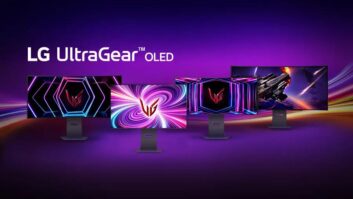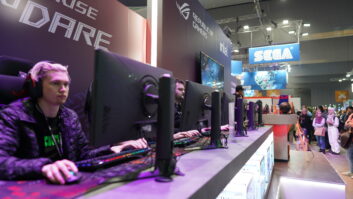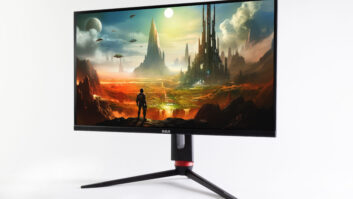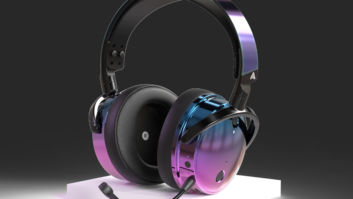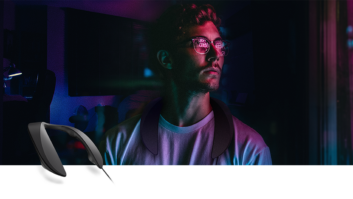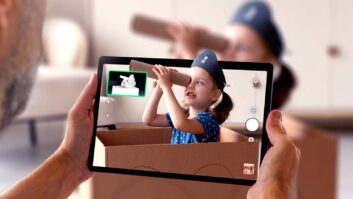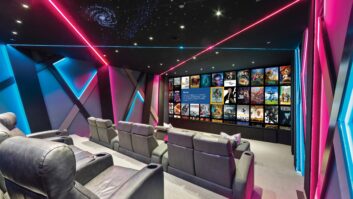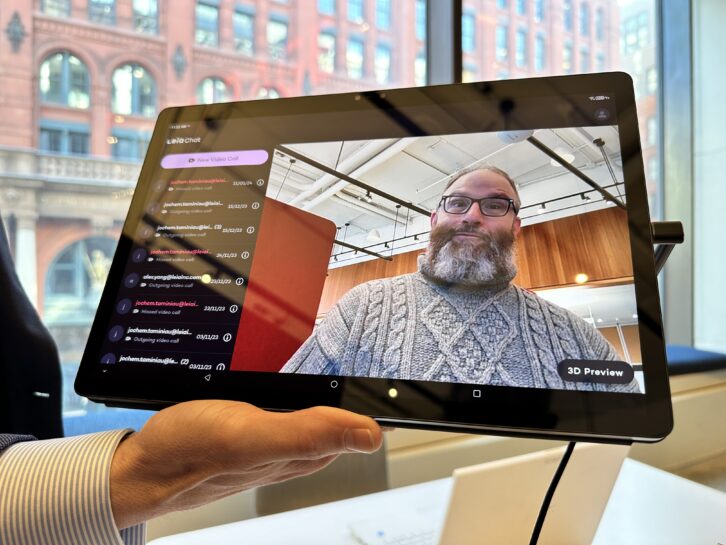
Glassless 3D is not coming – it’s here.
Leia, a 2014 spinoff from HP, has brought – and will be bringing more – eyewear-free 3D to a number of Windows laptops and Android devices from Acer, Asus, Dell, ZTE, and likely others.
At a New York demo, Leia executives conducted surprisingly impressive demos of several LeiaSR 3D applications, including Cam (camera), Pix (photos), and Player, a streaming movie service, running on existing compatible Windows and Android devices. All the apps can convert standard 2D visuals into 3D, viewable without the need for glasses. Also demoed was a 3D version of the video game Shadow of the Tomb Raider; Leia COO Maarten Tobias noted the company was working with developers to convert catalog gaming titles into 3D. LeiaSR also says it is working on a 3D version of Zoom for 3D chatting that the company hopes will be available by the end of the year.
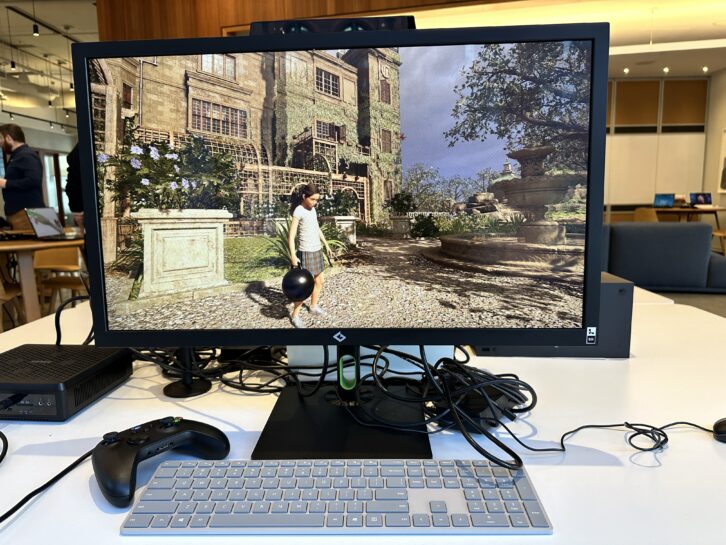
Some of the hardware used in the demos were the already available Acer ConceptD SpatialLabs Edition laptop (CN715-73G) and a ZTE-made tablet called the Nubia Pad 3D in the U.S. According to the company, additional LeiaSR 3D compatible laptops from Acer, Asus, and Dell will be introduced this year and next. For instance, the LeiaSR Chat-compatible Acer Aspire 3D 15 15.6-inch laptop featuring stereo webcams was introduced at CES. Other Acer available gear includes the 15.6-inch Predator Helios 3D 15 Gaming Laptop SpatialLabs Edition (PH3D15-71-94PP), a portable SpatialLabs View Pro (ASV15-1BP), and the Nitro SpatialLabs View Monitor 27-inch monitor (ASV15-1B). SpatialLabs is an Acer glassless 3D solution/brand that uses LeiaSR as its software foundation.
In addition, a LeiaSR-compatible Android smartphone is expected by the end of the year.
Ultimately, Leia’s stated goal is to “make 3D accessible to anyone, anywhere, on any device.” To bring that 3D-for-all vision to reality, Leia has been acquiring several 3D technologies including Philips’ 3D display patent portfolio last October and display innovator Dimenco last August.
“I’m particularly eager to see our solutions become mainstream in smartphones and other personal devices,” noted recently named Leia CEO Fabio Esposito. “[Leia co-founder] David [Fattal] and the global Leia team have been instrumental in enabling the consumer transition from 2D to an immersive 3D visual experience.”
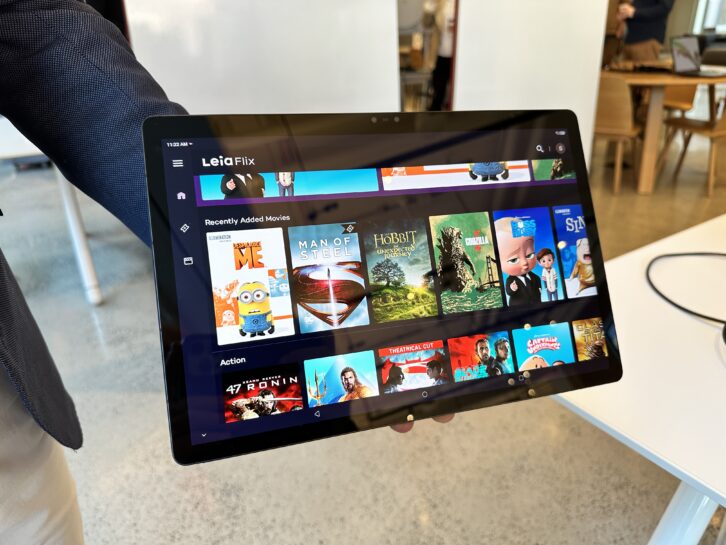
Windows PCs running Leia are not solely 3D devices. The high-resolution display on LeiaSR-enabled PCs and laptops can be switched into and out of 3D mode, which means any LeiaSR laptop can operate as a standard PC.
Leia is an add-on application, not baked into Windows or Android. While Tobias noted LeiaSR apps could technically be deployed on Apple Macs, iPads, and iPhones, there are currently no Leia-Apple plans or announcements pending.
The Leia 3D effect is not as jump-from-the-screen, in-your-face as simulated photos seem to imply or one might experience in a movie theater while wearing 3D glasses. More like 2.5D, the glassless Leia 3D effect is smoother than and free of the screen door effect, grain, and motion artifacts of previous glassless 3D technologies, and lacks object point-of-view shifts when a viewer moves their head.
Also demoed was a Leia system that enables virtual manipulation of on-screen 3D objects sans glasses or special gloves, technology already deployed to commercial and industrial customers. However, there are no current plans to bring such a virtual object-handling system to the consumer market.
See also: Samsung’s Music Frame Speaker Wants To Make Art Out Of Audio




